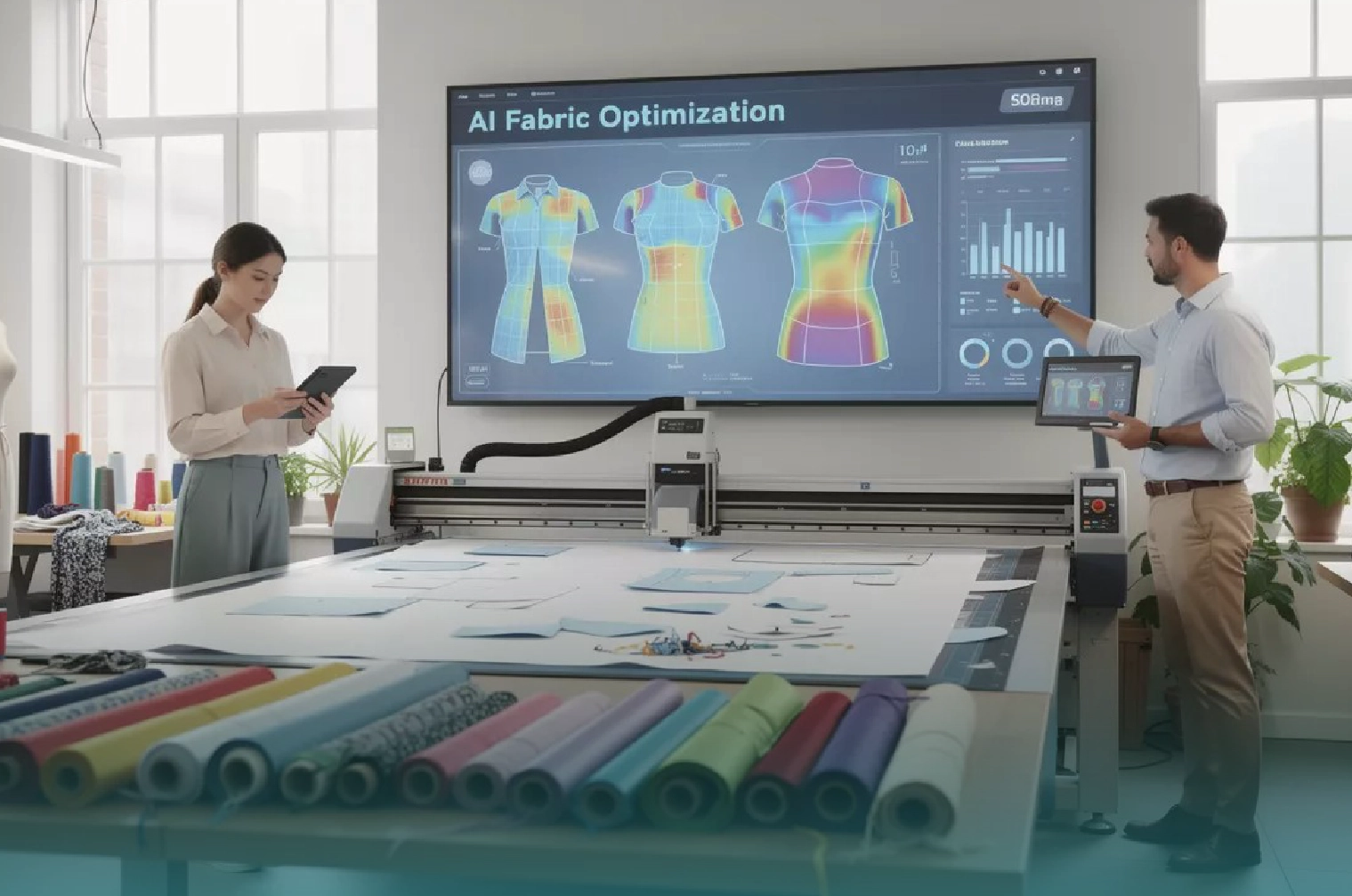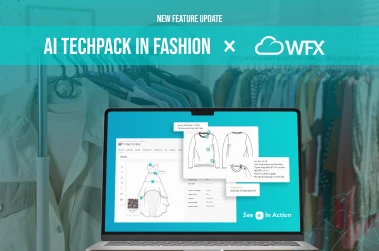Step 1: Understand the Regulatory Requirements
Start by gaining a thorough understanding of the applicable sustainability regulations and standards. This includes recognizing cross-jurisdictional and extraterritorial implications for your apparel supply chain. Keep track of important timelines to ensure timely compliance. Consulting with legal and sustainability experts will help you interpret how these regulations apply to your specific business and products.
For example, the EU’s Circular Economy Action Plan requires fashion brands to design products with longer lifespans and give them a ‘right to repair’. Understand the specific sustainability requirements for fashion businesses in Europe through our free EU Regulations Guide. Start planning your sustainability strategy effectively today.
Step 2: Assess Your Current Practices
Conduct a comprehensive assessment of your current practices across all stages of the product lifecycle. Identify areas where your practices align with the new regulations and areas needing improvement. Transitioning from static spreadsheets and reducing data silos is essential. Everyone needs to move their data onto a centralized, end-to-end integrated system.
For example, the implementation of WFX’s Apparel ERP software is helping multinational businesses like World Textile Sourcing enhance visibility and efficiency, crucial for meeting sustainability goals.
Step 3: Developing a Strategic Compliance Plan
Based on your assessment, create a personalized plan addressing both immediate and long-term compliance goals. This plan should cover changes in material selection, sourcing, design, production, end-of-life considerations, and most importantly, data management. Additionally, develop a communication strategy to keep all stakeholders informed about sustainability efforts and compliance status.
Integrate risk management into your compliance strategy to mitigate potential challenges and ensure smoother compliance. For example, Nike’s Move to Zero initiative outlines a clear roadmap towards zero carbon and zero waste, demonstrating how strategic planning can drive sustainability.
Step 4: Invest in Training and Education
Educate your team on the importance of sustainability, the specifics of each relevant regulation, and your company’s sustainability plan. Training should be provided not just to the design and production teams, but also to marketing, sales, and retail staff to ensure a holistic understanding and approach. An informed team can better implement sustainable practices and communicate them effectively to customers.
You may want to organize your own trainings programs for your staff or encourage your team to take up online courses such as Future Learn’s Fashion and Sustainability course (created by London College of Fashion and Kering) or Coursera’s free Sustainable Fashion course (led by Copenhagen Business School). This will ensure everyone understands your sustainability goals and knows how to apply them.
Step 5: Supplier Engagement and Code of Conduct
Establish a supplier code of conduct that reflects your sustainability values and maps your end-to-end supply chain. This step is critical in ensuring that your suppliers align with the upcoming sustainability mandates and your company’s environmental ethos. Support them in understanding the regulations and improving their practices.
This collaborative approach has successfully been adopted by brands who work closely with their suppliers to ensure compliance with their quality and environmental standards. You may look examples from leading businesses like LVMH, Global Fashion Group or SPELL.
Step 6: Create a Comprehensive Data Inventory
Develop a detailed inventory of all properties and accounts relevant to your sustainability program. Automate data collection wherever possible to ensure accurate and complete information supporting your sustainability initiatives. Use technology to streamline this process, reducing the risk of human error and increasing efficiency. This is also essential for making sure that product data is ready for upcoming Digital Product Passport mandates in the EU.
For example, many WFX customers like the PPJ group in Vietnam or Vermont Teddy Bear in the US are using advanced data management and reporting systems to automatically track and manage sustainability metrics across their global supply chain, by communicating directly with international suppliers or buyers from their ERP or PLM systems.
Step 7: Leverage Technology for Tracking and Reporting
Utilize technology for efficient tracking of sustainability metrics and streamlined reporting. Software and tools that can track material sourcing, supply chain practices, and environmental impact will be invaluable for accurate and transparent disclosures. When ready, incorporate real-time data to reveal additional opportunities for optimization, both in terms of cost and emissions reduction.
Tech companies like Amazon and TraceX are all working towards building blockchain technologies for traceability and transparency in the supply chain.
Step 8: Seamless Access and Utilization of Data
Ensure that sustainability data is not just collected but also shared across teams. This approach transforms sustainability from a reporting obligation to an integral part of your business strategy. Use the data for basic carbon accounting to understand your status and to plan your journey towards desired sustainability goals.
This data-driven approach is already exemplified by brands like ELK and Adidas (among many others), who publishes detailed sustainability reports accessible to all stakeholders.
Step 9: Navigating the Reporting Ecosystem
As you become more adept at managing your sustainability data, begin exploring the ecosystem of voluntary, quasi-mandated, and soon-to-be-mandated reporting. Acquiring limited assurance and progressing towards reasonable assurance will become crucial, especially as it’s expected to be mandated in the coming years for SEC and CSRD reporting, covering both US and Europe. Keeping abreast of global reporting standards will position your company as a leader in transparency and accountability.
Brands like Stella McCartney have been leading the way for many years by voluntarily adhering to stringent sustainability reporting standards, setting an example for others in the industry.
Step 10: Continuous Improvement and Adaptation
Establish a culture of continuous improvement and adaptation within your organization. As sustainability regulations evolve and consumer expectations rise, staying adaptable and proactive is key. Regularly review and update your sustainability strategies and practices to align with the latest standards and best practices.
Encourage innovation within your team to find new, more sustainable ways of working. Keep engaging with stakeholders – from customers to suppliers – to share insights and learn from each other. This approach ensures that your business not only complies with the current regulations but is also well-prepared for future changes and challenges in the sustainability landscape.
IKEA’s commitment to continuous improvement in sustainability, such as their shift towards using 100% renewable and recycled materials by 2030, highlights the importance of ongoing adaptation and innovation.







































